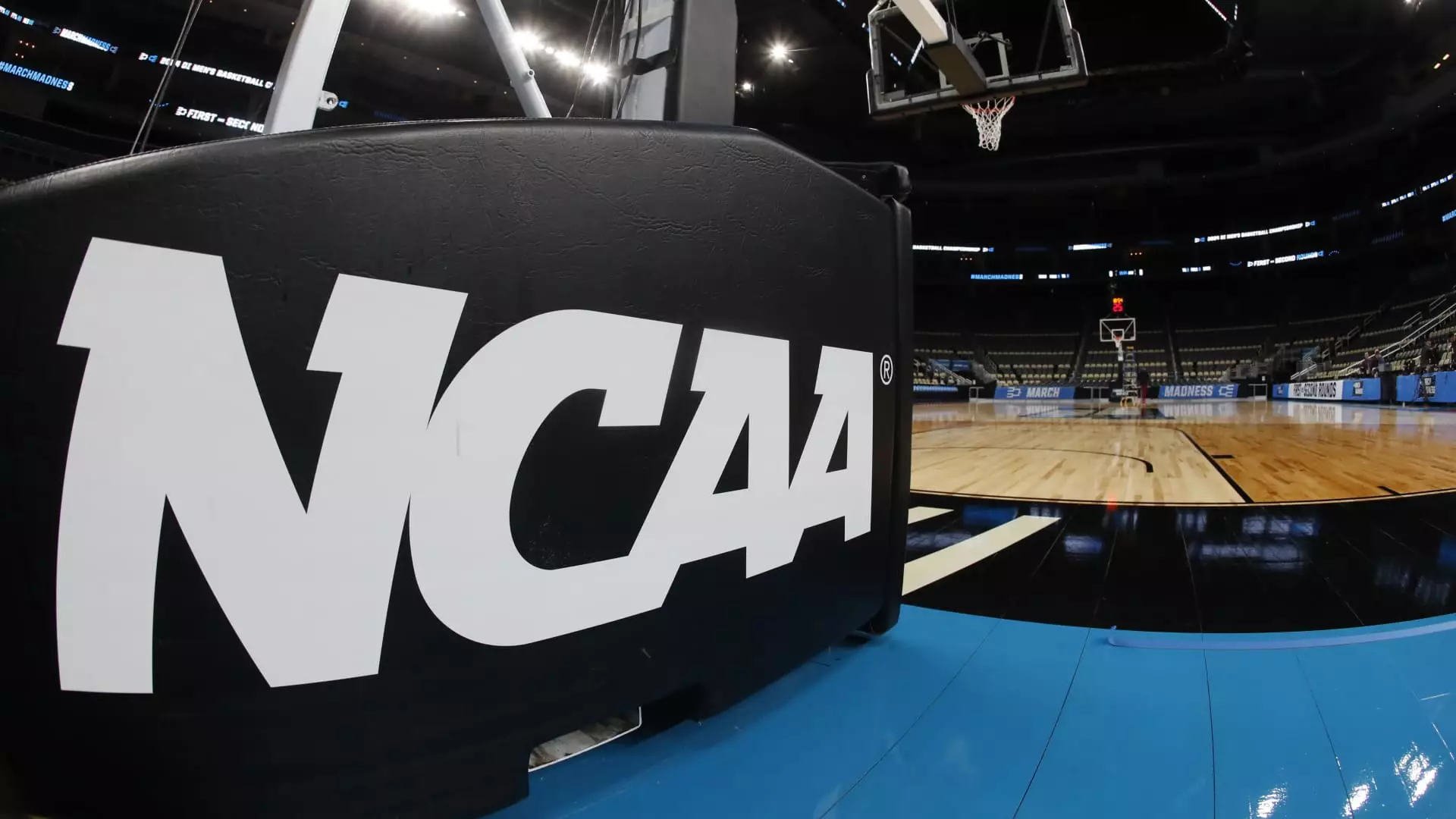The landscape of collegiate athletics in the United States has witnessed a significant upheaval following the National Collegiate Athletic Association’s (NCAA) recent policy update, which specifically impacts transgender student-athletes. As of now, trans women are barred from competing in women’s sports, a decision that comes shortly after an executive order from then-President Donald Trump aimed at defunding schools that allow such participation. This article seeks to examine the implications of this policy change and its broader ramifications on inclusivity and the welfare of student-athletes.
The NCAA’s new policy diverges sharply from previous guidelines that had aligned more closely with Olympic standards, which allowed national governing bodies of sports to determine eligibility for transgender athletes. This shift represents not only a change in policies but also a political and ideological turn spurred by external pressures, particularly from the former administration. While the NCAA now permits students assigned male at birth to practice with women’s teams and access some benefits like medical care, their exclusion from formal competition raises questions about fairness, equity, and the principle of inclusivity that sports organizations have long championed.
In essence, the ruling reflects a troubling binary view of gender that fails to account for the complexities of identity. Under the new rules, the presence of athletes who do not conform to traditional gender roles is systematically diminished. This approach reinvents the narrative of athletic competition, labeling it in terms of biological determinism rather than recognizing the evolving understanding of gender and its implications in sports.
Critics of the NCAA’s policy argue that the decision is not backed by comprehensive medical or scientific evidence and operates in a vacuum devoid of the realities faced by transgender individuals. Transgender triathlete Chris Mosier has highlighted how the new regulations impose an outdated binary definition of gender, effectively legislating against the identities of trans and non-binary individuals and ignoring the needs of those who are intersex or participate in hormone therapy for medical reasons.
Moreover, organizations like GLAAD have decried the NCAA’s decision as “deeply disturbing.” They emphasize that such moves reflect not an informed stance based on athlete safety and well-being but rather a reaction born from the political climate of fear and misinformation prevalent during the Trump administration’s tenure. The narrative perpetuated by the executive orders has fundamentally altered the dialog around gender in sports, prioritizing a simplistic view that disregards the nuances involved.
Beyond the immediate implications for trans women athletes, this policy could set a dangerous precedent for future legislation regarding gender inclusivity in sports. The potential chilling effect on other educational institutions is palpable. Schools may feel compelled to enact similar exclusionary practices to avoid federal repercussions, leading to a fragmented landscape of laws that varies significantly from one state to another.
By endorsing discrimination, the NCAA risks alienating a significant portion of its student population. Just over 530,000 student-athletes are affiliated with the NCAA, and by disenfranchising even a small number of them based on their gender identity, the organization undermines the principle of fair play that sports are meant to celebrate. With fewer than ten known trans athletes currently competing in NCAA sports, the decision appears disproportionately punitive and lacks justifiable reasoning grounded in participation metrics or athlete safety concerns.
Looking Towards the Future
The debate surrounding the NCAA’s policy for transgender athletes brings vital questions to the forefront of collegiate athletics. As society continues to grapple with evolving understandings of gender and identity, it is imperative for organizations like the NCAA to reflect these complexities rather than revert to outdated ideologies. Future policies need to be more inclusive, recognizing the rights of all athletes while providing safe, fair, and equitable environments for competition.
Ultimately, navigating the intersection of sports and gender inclusivity will require receptivity to diverse perspectives and knowledgeable discourse grounded in science, medical expertise, and personal experiences. As we move forward, the fight for equal representation and participation in sports must continue unabated, emphasizing the need for a more nuanced understanding of what it means to be an athlete in today’s world.


Leave a Reply